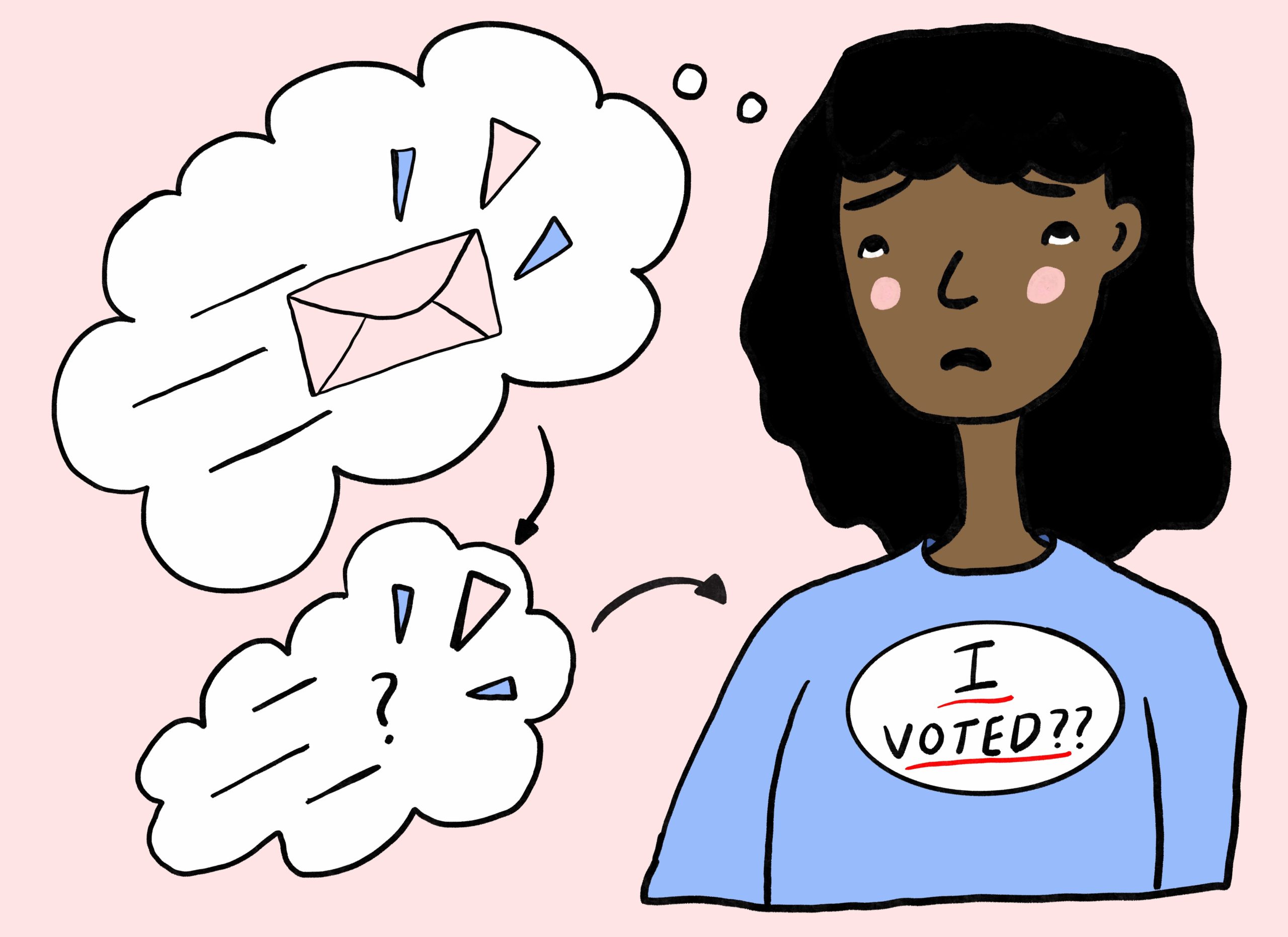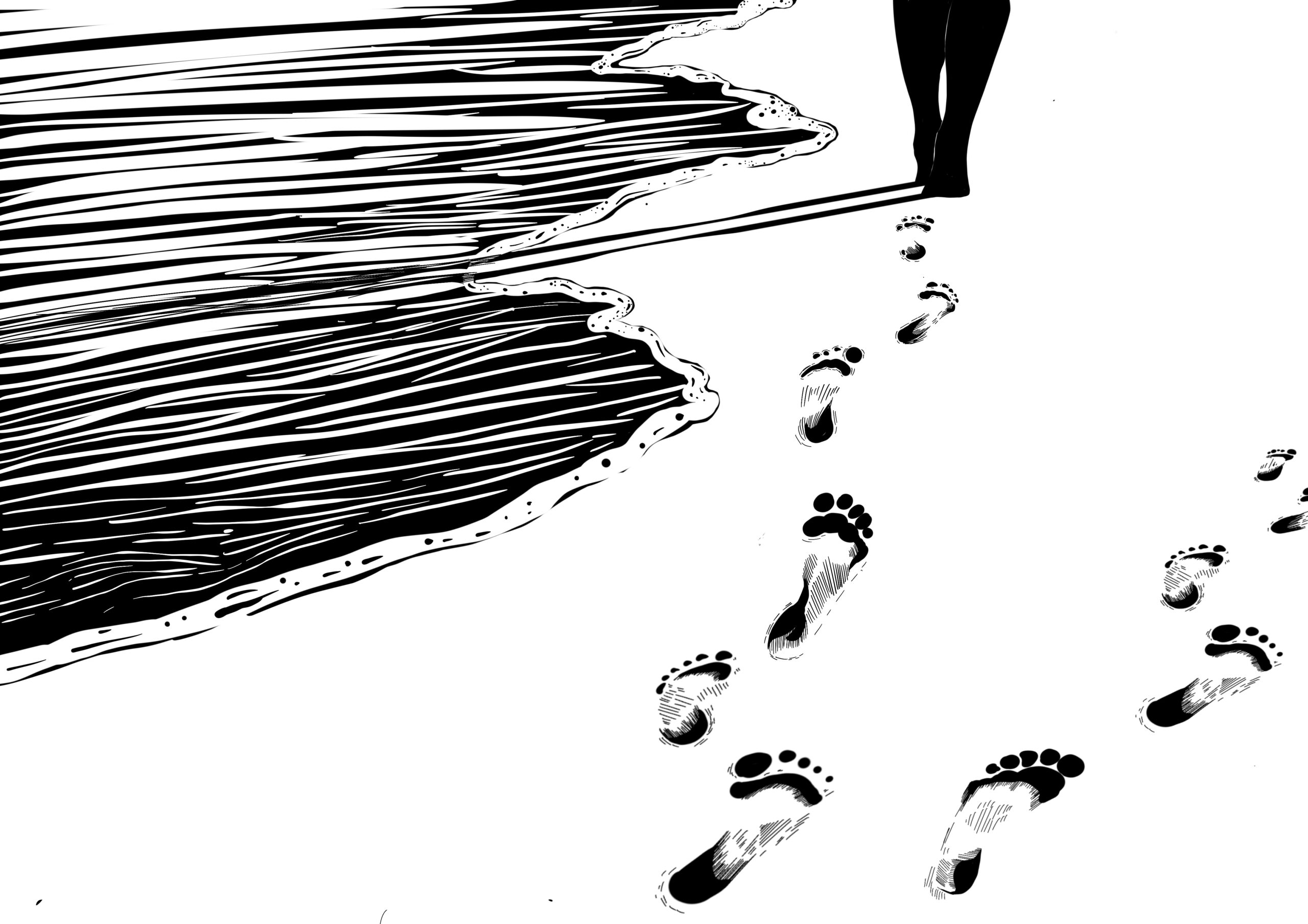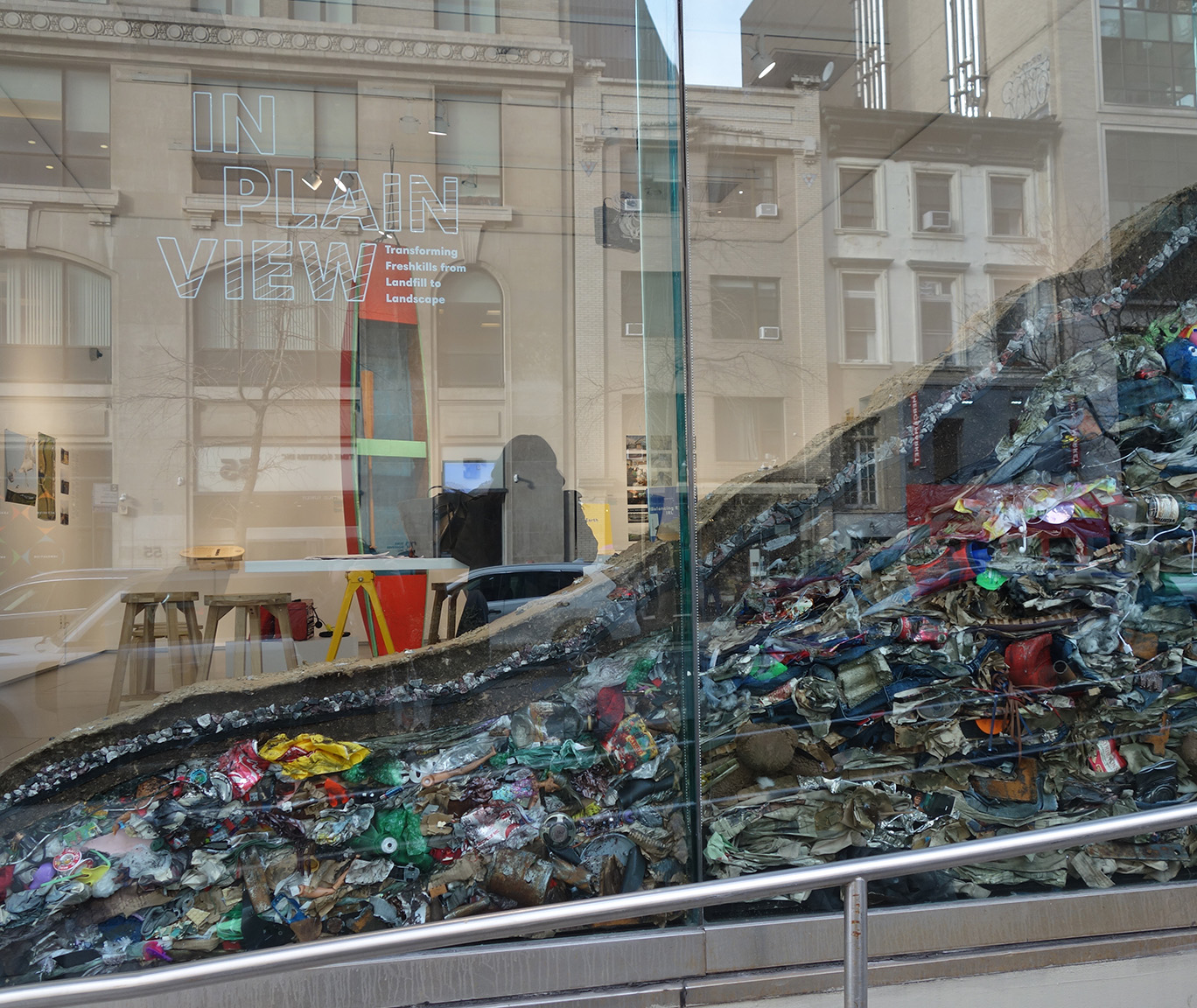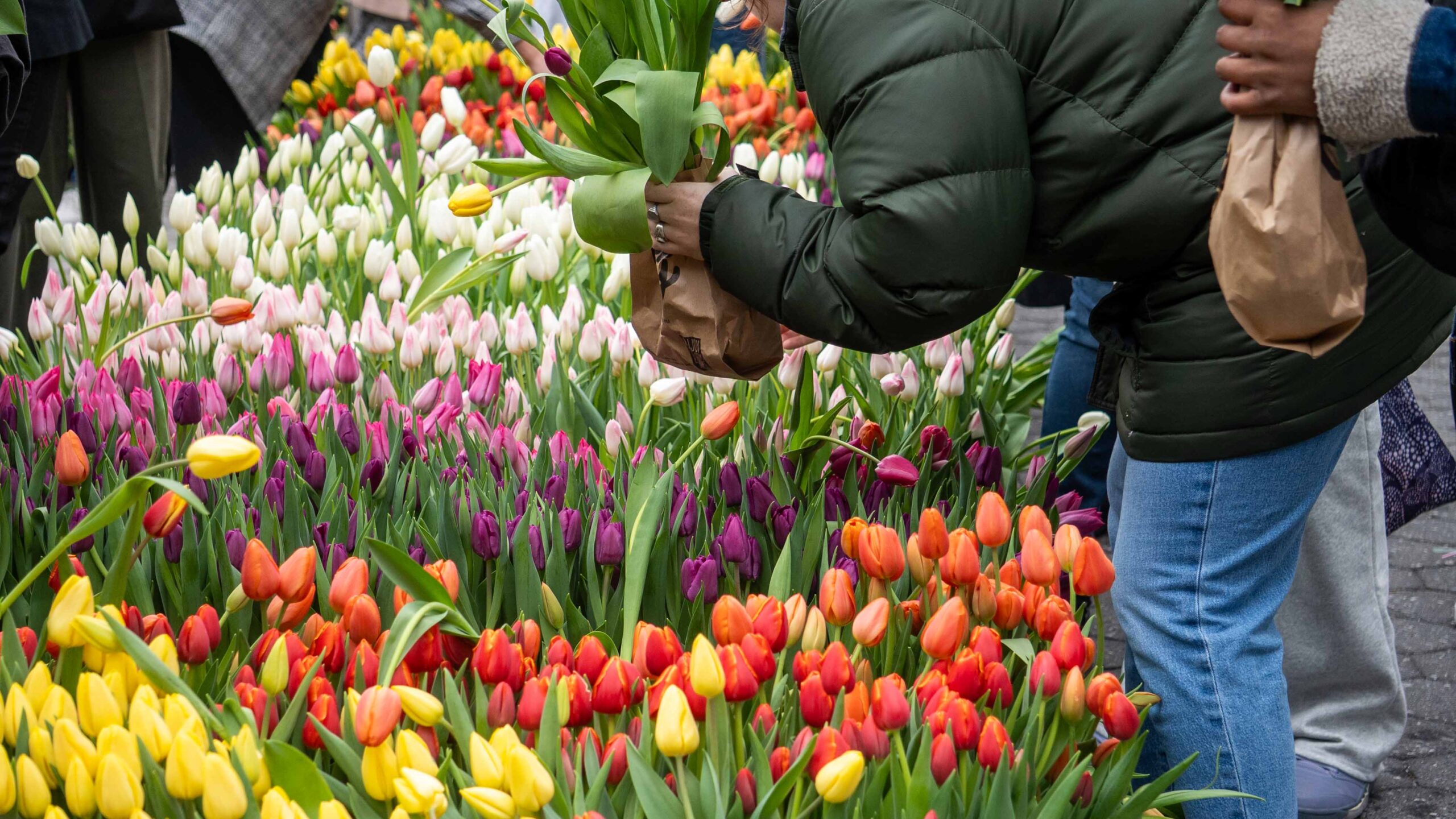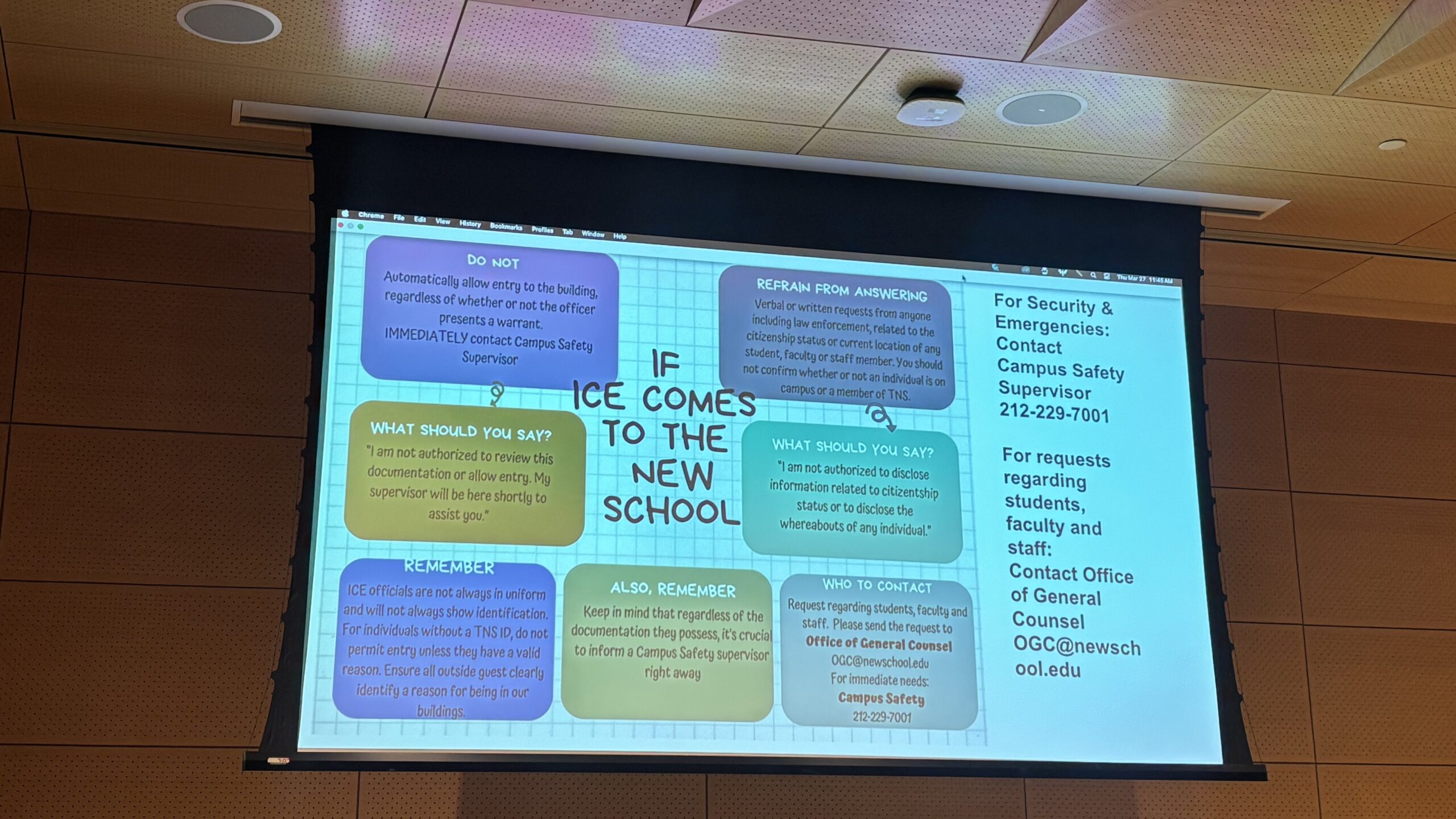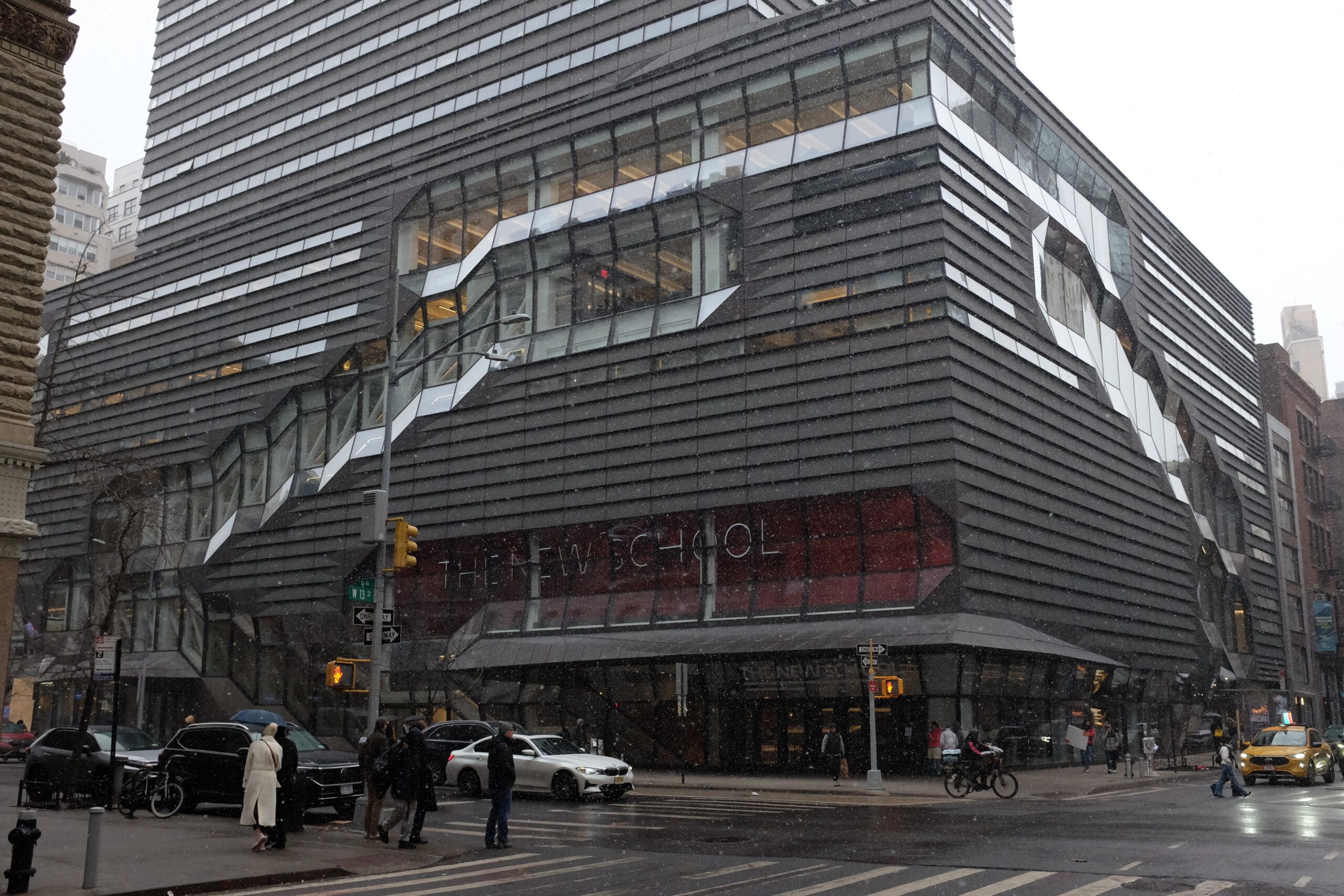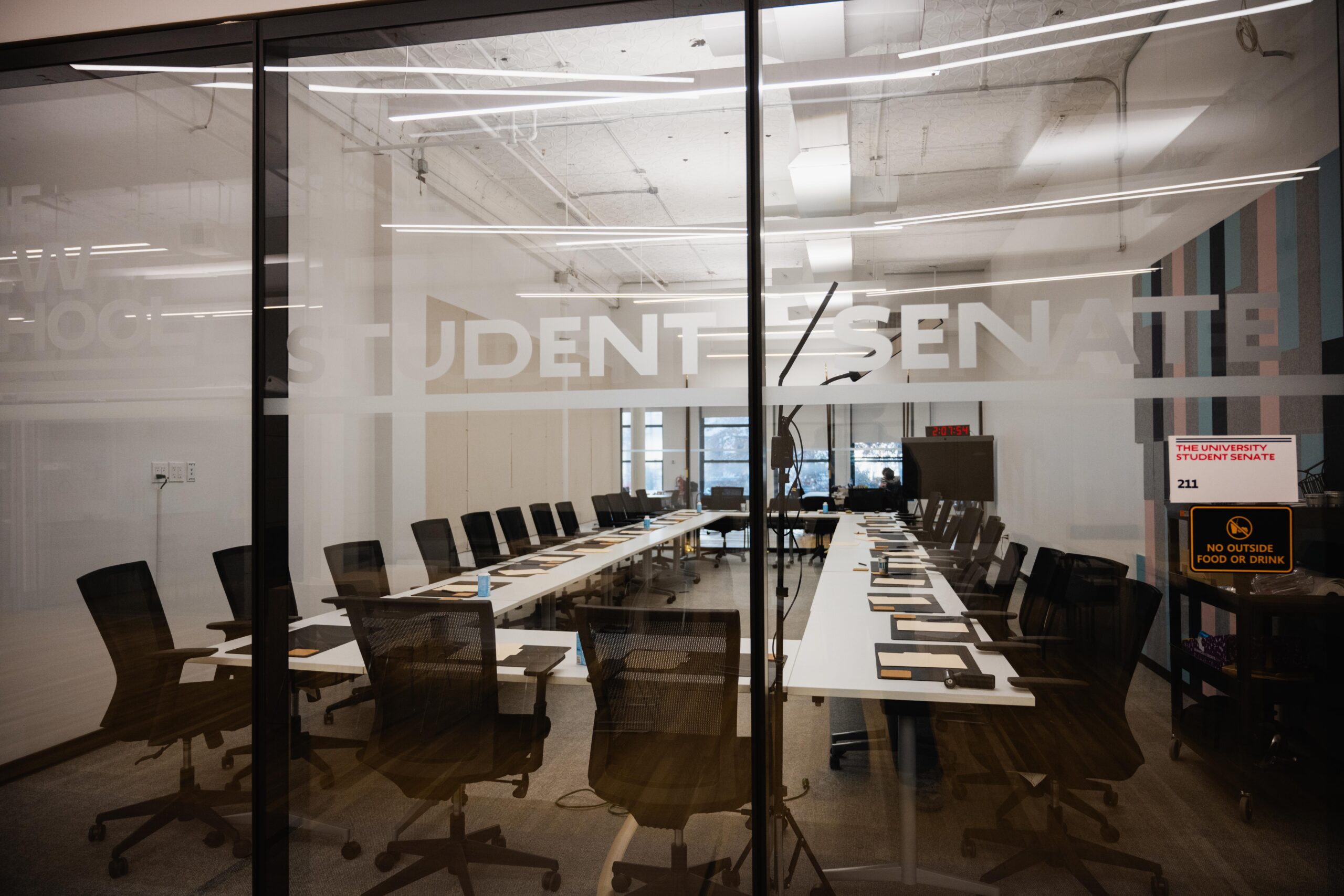With remote classes this semester, New School student voters are dispersed across the country and adjusted their voting plans accordingly. Students took precautions when voting absentee, worried that their mail-in ballots would not be counted, which—as predicted by students and many media sources—has caused uncertainty, and slowed down the process of determining the winner of the election.
Emma Shafer, a third year Urban Studies major at Lang currently taking a gap semester, dropped off her absentee ballot at her local polling place in Springfield, Illinois, a conservative leaning county in a consistently blue state. “It is a very red area, which is maybe one of the reasons why I was scared to mail my ballot. I would rather have it in my hands and drop it off and know that it is getting to the place that it needs to go,” said Shafer, who voted Democratic.
“I don’t really feel like my vote in the presidential election means a lot, but definitely in the local elections it does,” said Shafer. “Voting to me means voting in those smaller elections where I do think my vote counts a lot more.” Shafer hoped that a blue wave would vote out the Republican incumbent, Congressman Rodney Davis, in Illinois’ 13th Congressional District, but Congressman Davis was re-elected.
Gaby De Gracia, a third year Journalism and Design Major at Lang and former editor for the Free Press, currently lives in New Jersey, but was looking forward to voting in her local election in her home state of Florida. De Gracia received her absentee ballot only a day before the local elections, so she was unable to do so.
In the general election, De Gracia voted for Joe Biden, though a Trump win was projected in Florida. De Gracia paid for priority shipping to have her absentee ballot mailed in a manilla envelope to her Florida home. Her parents delivered it to a ballot drop box. “I didn’t trust it to be sent through the postal service,” said De Gracia. Her absentee ballot was lost in the 2018 midterm elections, so she wanted to prevent a repeat of the incident.
“I checked on election day and it wasn’t accepted,” said De Gracia, when discussing the 2018 midterms. “I was actually distraught, because it was my first time voting in a major election and my vote wasn’t counted.”
Other students also took precautionary measures when voting with absentee ballots, and some took extra measures to vote in person.
Mia Glickman, a second year undeclared major at Lang, lives in San Francisco, California and dropped off her mail-in ballot at her local polling place to ensure that it would not be lost in the mail. “Our ballots probably don’t matter that much at the end of the day, but we are going to vote anyways,” said Glickman. She voted Democratic in an overwhelmingly liberal area of a consistently blue state.
In comparison to some students in blue states, those voting in swing states and counties felt the weight of their Democratic vote, and hoped that they would contribute to the election of Joe Biden. Students voting in hotly contested areas also invested their Democratic votes in local politics.
Anja Reeber, a third year Product Design Major at Parsons taking a gap year, voted in person in Interlochen, Michigan. It was Reeber’s first time voting in Michigan, as her family moved from Oregon this year.
Reeber had the option to vote absentee in Oregon, but thought her vote for Biden would mean more in Michigan, a swing state that was called for Biden late in the day on Nov. 3. She voted in person. “I thought it was really important for me to vote here in Michigan and I am definitely a resident here,” said Reeber. “I definitely do have concerns about the mail-in ballots. I think it is ideal to vote in person if you are able,” Reeber said.
Reeber did not have a Michigan driver’s license and was unable to register to vote without one, though Michigan has always allowed voters to register using different forms of identification and proof of residency. “When we approached different offices trying to register, they kept saying ‘No, you have to have a Michigan driver’s license,’ which seemed a little fishy to me,” said Reeber. “I don’t know why all of the people that we had talked to said that was the only option.”
Less than a week before the election, Reeber got a Michigan driver’s license and registered to vote in Michigan. “It caused a lot of stress over the last month or so,” said Reeber. “I shouldn’t have to get a driver’s license.”
Calvin Ryerse, a second year Screen Studies major at Lang, has been traveling across the East coast and Midwest on a tour targeting religious voters in swing states to vote for Joe Biden. Ryerse voted for Biden in Arkansas by mail-in absentee ballot.
Like Shafer, Ryerse was most enthusiastic about voting Democratic in local elections of his hometown, Springdale, Arkansas, which he describes as an anomaly in comparison to the majority of Arkansas, which is dominated by Republican politics. “It’s my community. It’s my group of people that are fueling this small progressive movement in this small southern town. It feels really personal and I’m just really excited to be a part of it,” said Ryerse.
Though some student voters had high spirits, uncertainty over the validity of the election remained. It was exasperated by President Donald Trump’s premature proclamation that he won the presidency in a press conference early in the morning of November 4. President Trump said he would invoke the Supreme Court to ensure ballots would stop being counted. “We don’t want them to find any ballots and add them to the list,” said President Trump, reiterating a false claim about voter fraud.
Students living in different states have been exposed to varying voting realities and political climates that contrast their typical New York City home. While New School students could not have predicted the results of the election or President Trump’s wish to halt the continued counting of absentee ballots, students’ concerns and experiences with the mail-in voting process foretold the disarray that followed election day.

